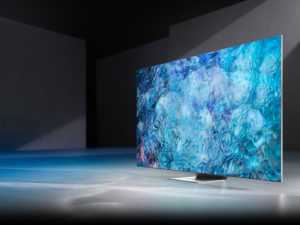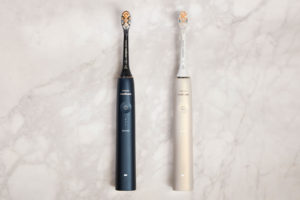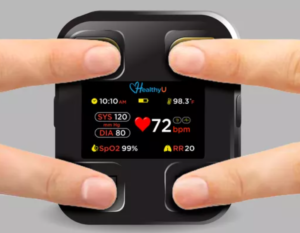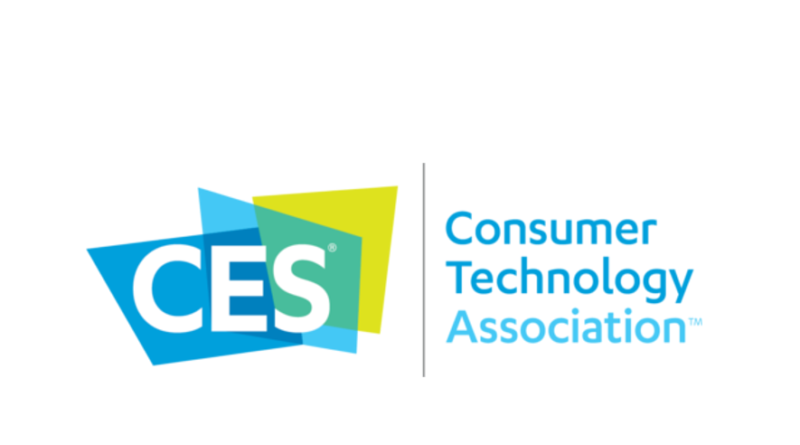Here are more thoughts on Virtual CES 2021:
Samsung’s New TVs: Impressive Tech and Screen Sizes
Many of the Samsung 2021 innovations are anchored in Artificial Intelligence (AI) designed to make technology both “personal and productive,” said presenter, Sebastian Seung, President of Samsung Research. There were plenty of new appliance announcements, but for our readers, display technologies continue to take center stage.
Samsung unveiled an 110-inch microLED TV and also announced 99- and 88-inch versions coming later this year. MicroLED TV uses self-lit inorganic LED technology (March availability); it also features 4Vue (Quad View) allowing four-way viewing on the single screen. Also, more than 160 free channels are available on the display through Samsung TV Plus.

The new 110-, 99-, and 88-inch microLED TVs come as single piece displays for easier installation. Next up was Samsung’s QLED NEO, A Mini-LED backlight tech, it allows TVs to pack thousands more tiny LED backlights behind an LCD panel to achieve better control of lighting, for brighter highlights, better black levels, better shadow detail, and less halo around bright objects on dark backgrounds.
An interactive “HealthSmart Trainer” personal fitness function that will endow all 2021 Samsung TVs; it analyzes posture in real time and provides feedback on exercise form.
Philips Embraces “Fireside Chat” Discussion Format
Philips “fireside chat” discussion during CES 2021 focused on health and wellness. The discussion was chaired by Jim Stolze, with Philips’ Deeptha Khanna, Consumer and Patient Care Chief, and Jeroen Tas, Chief Innovation and Strategy Officer. Said Deeptha Khanna, “It has been a challenging year, even for those who are healthy. As well as an acceleration of ‘online for everything’ from education to gym lessons. Health is at the forefront of consciousness.”
Jeroen Tas discussed telehealth care innovations and noted the growth in importance in virtual communication with doctors with “bedside cameras” to help guide frontline medical staff during their work. He also noted the rise in medical information-sharing and how that has helped in collaborative treatment of multiple health issues among consumers.

Philips has in fact pushed forward with many solutions in the health-and-wellness areas. Including, telehealth teledentistry: the Sonicare 9900 Prestige, which was introduced at CES. Through Artificial Intelligence, it helps consumers adjust their dental care by providing a “coached,” personalized cleaning experience, detecting the user’s brushing style and adapting to that during the brushing session using SenseIQ technology. SenseIQ tracks and detects the pressure applied, the cleaning motions used and the coverage achieved; the sensors also monitor how long and how often the user brushes.
Also discussed were Philips’ initiatives in the area of prenatal care, through its Pregnancy+ and Baby+ development and tracking apps, which are used on a regular basis by 1.5 million consumers. Philips’ partnership with GSK that has endowed those two apps with data for consumers about vaccine-preventable diseases and available vaccines.
Said Jeroen Tas about the pandemic, “It has been a tragic year, but we have seen the best innovations used at scale to change healthcare systems for the better.”
CTA Research on the Digital Health Market
The Consumer Technology Association (CTA), revealed that sales of health-related products are expected to continue their skyrocketing rise which began in 2020 into 2021 and beyond.
Said CTA Director of Research Lesley Rohrbaugh, “CTA tracked connected-health-monitoring devices shipments as being valued at $632 million – up a staggering 73 percent from the $365 million figure for 2019. Growth projections for 2021 say shipments will reach $845 million in value, and the category could, by 2024, top the $1.2 billion mark.”
Telehealth services, also tracked by CTA, have tripled since the pandemic started; 33 percent of respondents said they had used these services as compared with just 10 percent before the COVID-19 period.

Health and fitness devices are also way up. U.S. unit sales to dealers, at almost six million in 2019, rose 75 percent for 2020 to almost 10.5 million.
Also notable are wearable health-related devices such as, the single-use BioButton system from BioIntelliSense, an FDA-cleared wearable that provides continuous vital sign monitoring (i.e., temperature, respiratory rate and heart rate) for up to 90 days. The company’s website presents the device as a cost-effective method of COVID-19 symptom monitoring.


